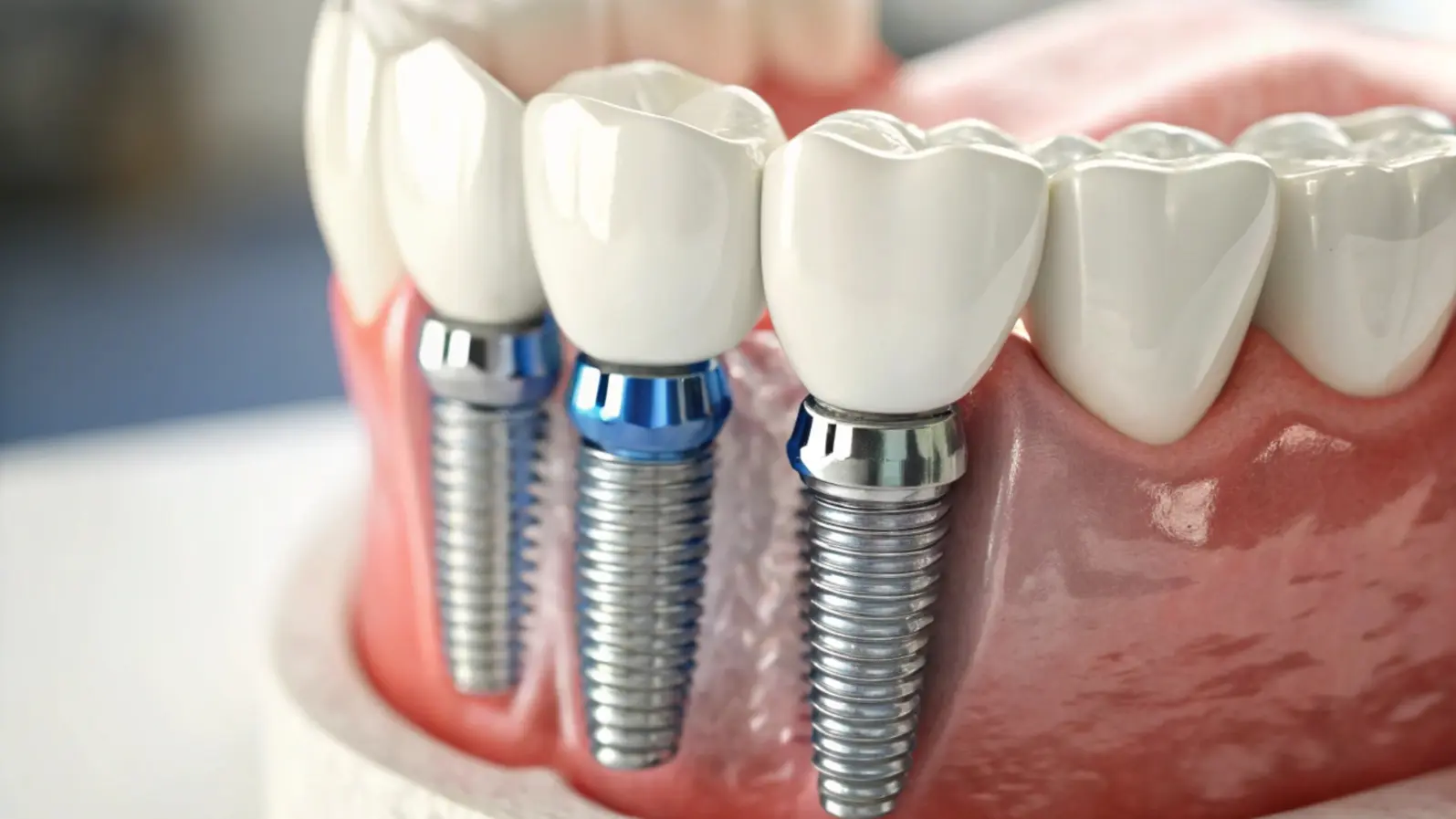
Tiny Titanium Particles Found Around Dental Implants — But They Don’t Seem to Cause Gum Disease
A closer look at what happens beneath dental implants
Dental implants have become one of the most common medical devices worldwide, helping millions regain chewing function and confidence. But sometimes, the tissues around these implants can become inflamed—a condition known as peri-implantitis. This disease resembles gum disease around natural teeth and can eventually lead to bone loss and implant failure.
For years, scientists have suspected that metal fragments shed from titanium implants might contribute to this inflammation. A new study from researchers at the University of Gothenburg and Uppsala University, Sweden, takes a closer look at this question—using advanced imaging and genetic analysis to find out whether these tiny metal particles really play a role.
Examining tissues around healthy and diseased implants
The researchers collected soft tissue biopsies from 21 patients who had dental implants—some affected by peri-implantitis, others healthy. Using a specialized imaging method called micro Proton-Induced X-ray Emission (µ-PIXE), they were able to map and measure titanium micro-particles inside these tissue samples.
They also used RNA sequencing to check if the amount of titanium particles in a sample was linked to changes in gene activity, especially genes involved in inflammation.
Titanium fragments: common but not harmful
The results were surprising. Titanium micro-particles were consistently found in tissues surrounding all implants, regardless of whether the area was inflamed or healthy.
Most of these particles were located within two millimeters of the implant surface, suggesting they likely originate from the mechanical process of implant placement or wear over time. However, their presence did not correlate with how severe the inflammation was, nor with how long the implant had been in use.
Further genetic testing identified only minor differences in gene expression between tissues containing many titanium particles and those with few. A handful of genes related to immune response and epithelial (surface tissue) development showed changes, but the overall biological impact appeared minimal.
Implant type may influence particle presence
One interesting observation was that different implant systems showed varying levels of titanium micro-particles in surrounding tissues. This suggests that design and surface characteristics of implants could affect how many particles are released during placement—but these differences didn’t appear to influence disease development.
What does this mean for patients and dentists?
The study provides reassurance: while titanium particles are common, they don’t seem to cause peri-implantitis. The inflammation leading to implant failure is still mainly driven by bacterial biofilms, not by metal debris.
However, the authors note that understanding how titanium behaves in the body remains important, especially as implants continue to evolve in material and surface design.
Conclusion
This research offers a clearer picture of what’s happening at the microscopic level around dental implants. It suggests that tiny titanium fragments are a normal finding, not a warning sign of disease. In other words, these particles are bystanders—not culprits—in the complex environment of the mouth.
Original Research:
Dionigi, C., Nagy, G., Derks, J., Ichioka, Y., Tomasi, C., Larsson, L., Primetzhofer, D., & Berglundh, T. (2025). Titanium micro-particles are commonly found in soft tissues surrounding dental implants. Communications Medicine (Nature Portfolio).